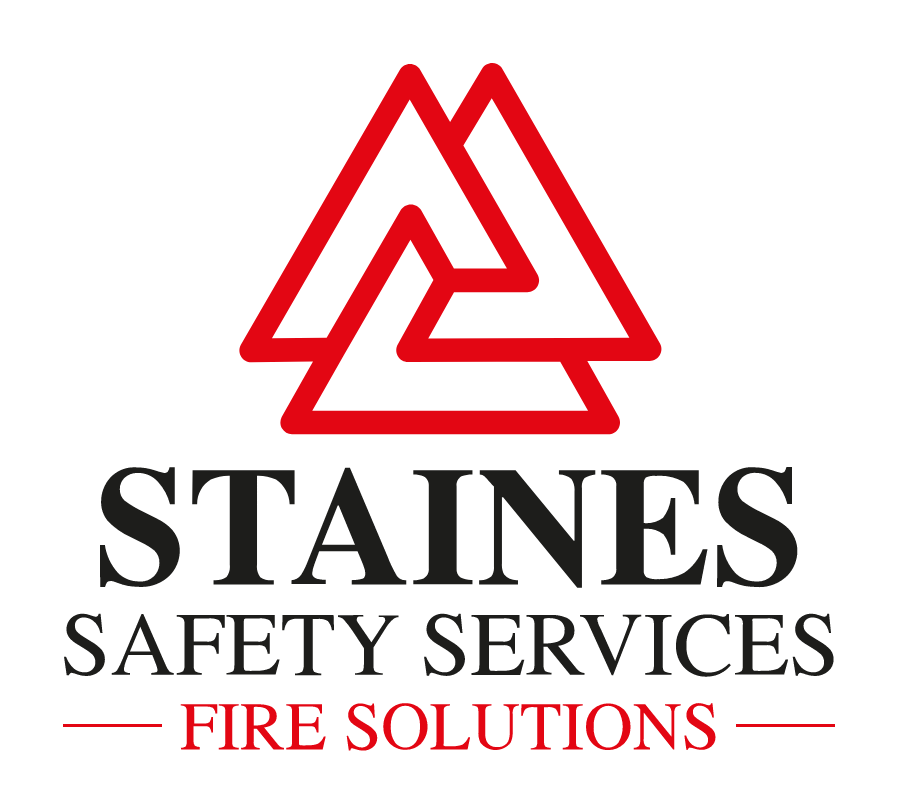
Ensuring Safety in Assisted Living Properties: The Importance of Fire Risk Assessments and Health & Safety Training
In the realm of assisted living, the safety and well-being of residents are paramount. As the population ages, ensuring that these properties adhere to safety regulations is not just a legal obligation but a moral imperative. One of the most critical aspects of safety in assisted living facilities is conducting thorough fire risk assessments and providing comprehensive health and safety training.
Why Fire Risk Assessments Are Essential
Fire risk assessments are vital for identifying potential hazards and implementing preventive measures. These assessments help to:
1. **Identify Fire Hazards**: Regular fire risk assessments allow property managers to pinpoint potential fire hazards, such as faulty wiring, flammable materials, and outdated equipment.
2. **Evaluate Risks**: Understanding the likelihood of a fire and its potential impact is crucial. This evaluation helps prioritize safety measures based on the level of risk.
3. **Implement Safety Measures**: After identifying risks, effective strategies can be developed, including the installation of smoke alarms, fire extinguishers, and clear evacuation plans.
4. **Legal Compliance**: Many regions require regular fire risk assessments as part of safety regulations. Non-compliance can lead to fines and increased liability.
5. **Peace of Mind**: For residents and their families, knowing that a facility has conducted thorough fire risk assessments fosters trust and confidence in the property’s management.
The Role of Health and Safety Training
In addition to fire risk assessments, health and safety training is crucial for all staff members in assisted living properties. Proper training ensures that employees are well-prepared to handle emergencies, including fires, medical emergencies, and other safety incidents. Key components of health and safety training include:
1. **Emergency Procedures**: Staff should be trained on how to respond in case of a fire, including evacuation protocols and the use of fire safety equipment.
2. **First Aid and CPR Training**: Basic first aid and CPR training can be lifesaving. Staff members equipped with these skills can provide immediate assistance until professional help arrives.
3. **Regular Drills**: Conducting regular fire drills ensures that both staff and residents are familiar with evacuation routes and procedures, reducing panic and confusion in real emergencies.
4. **Health and Safety Regulations**: Training should also cover relevant health and safety regulations to ensure compliance and foster a culture of safety within the organization.
5. **Resident Engagement**: Educating residents about fire safety and emergency procedures empowers them to take an active role in their safety.
The Benefits of Comprehensive Safety Measures
Investing in fire risk assessments and health and safety training offers numerous benefits to assisted living properties:
– **Reduced Liability**: By adhering to safety regulations and maintaining a safe environment, facilities can minimize the risk of legal issues arising from accidents.
– **Enhanced Reputation**: Properties known for their commitment to safety attract more residents and build a positive reputation within the community.
– **Improved Staff Morale**: A safe working environment leads to higher staff morale and retention rates, as employees feel valued and protected.
– **Increased Resident Satisfaction**: When residents feel safe, their overall satisfaction and quality of life improve, leading to a more vibrant community atmosphere.
Conclusion
In summary, offering fire risk assessments and health and safety training in assisted living properties is essential for ensuring the safety and well-being of residents and staff alike. By prioritising these crucial safety measures, assisted living facilities not only comply with regulations but also create a secure environment that fosters trust and peace of mind. Investing in safety is investing in the future of the residents and the reputation of the facility.
By focusing on these critical areas, assisted living properties can enhance their safety protocols and provide a nurturing environment for their residents. If you’re looking to improve safety standards in your facility, consider partnering with a professional service that specialises in fire risk assessments and health and safety training. Your commitment to safety is a commitment to the health and happiness of your community. For more information please call 07885982771 now!
